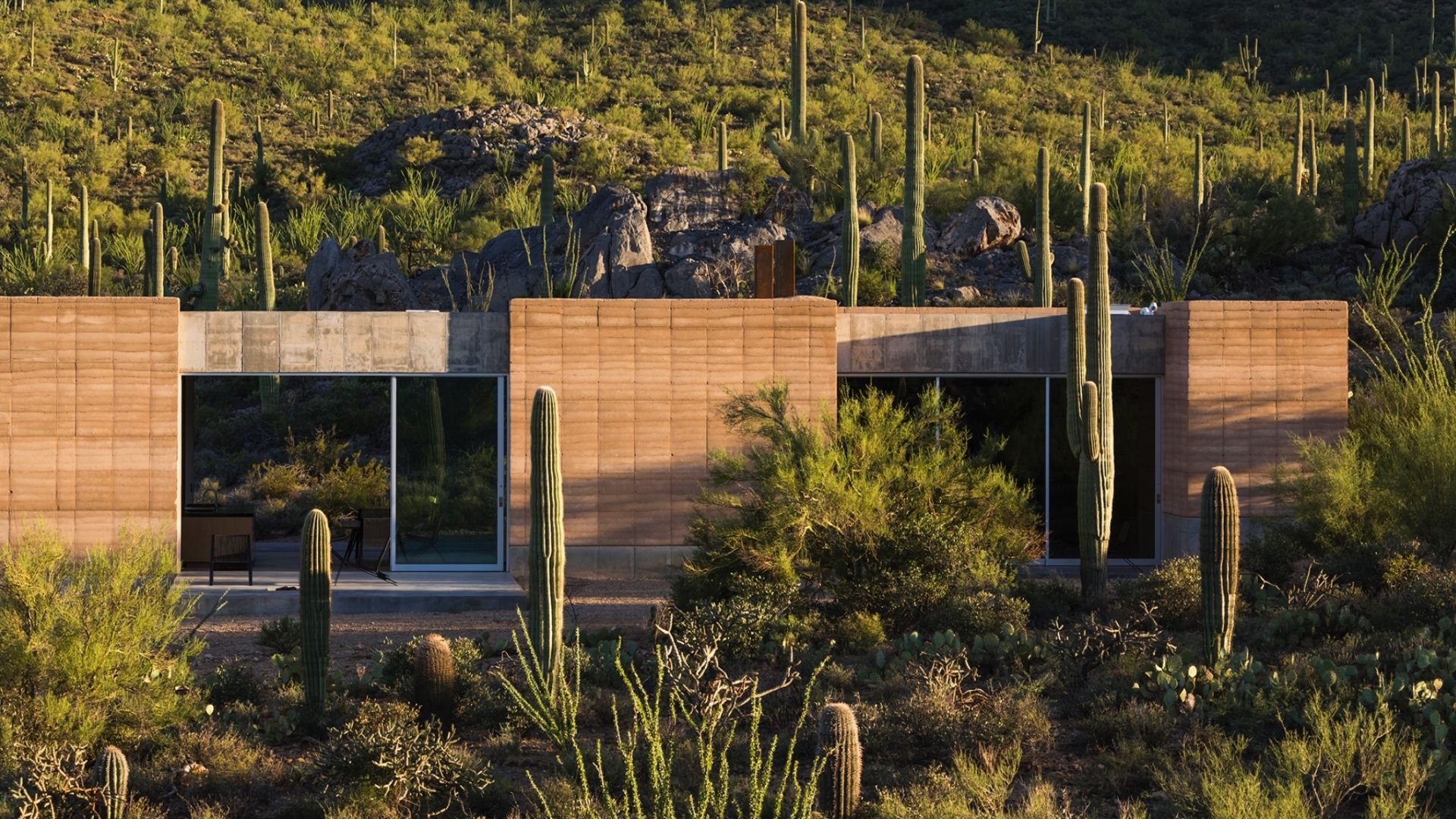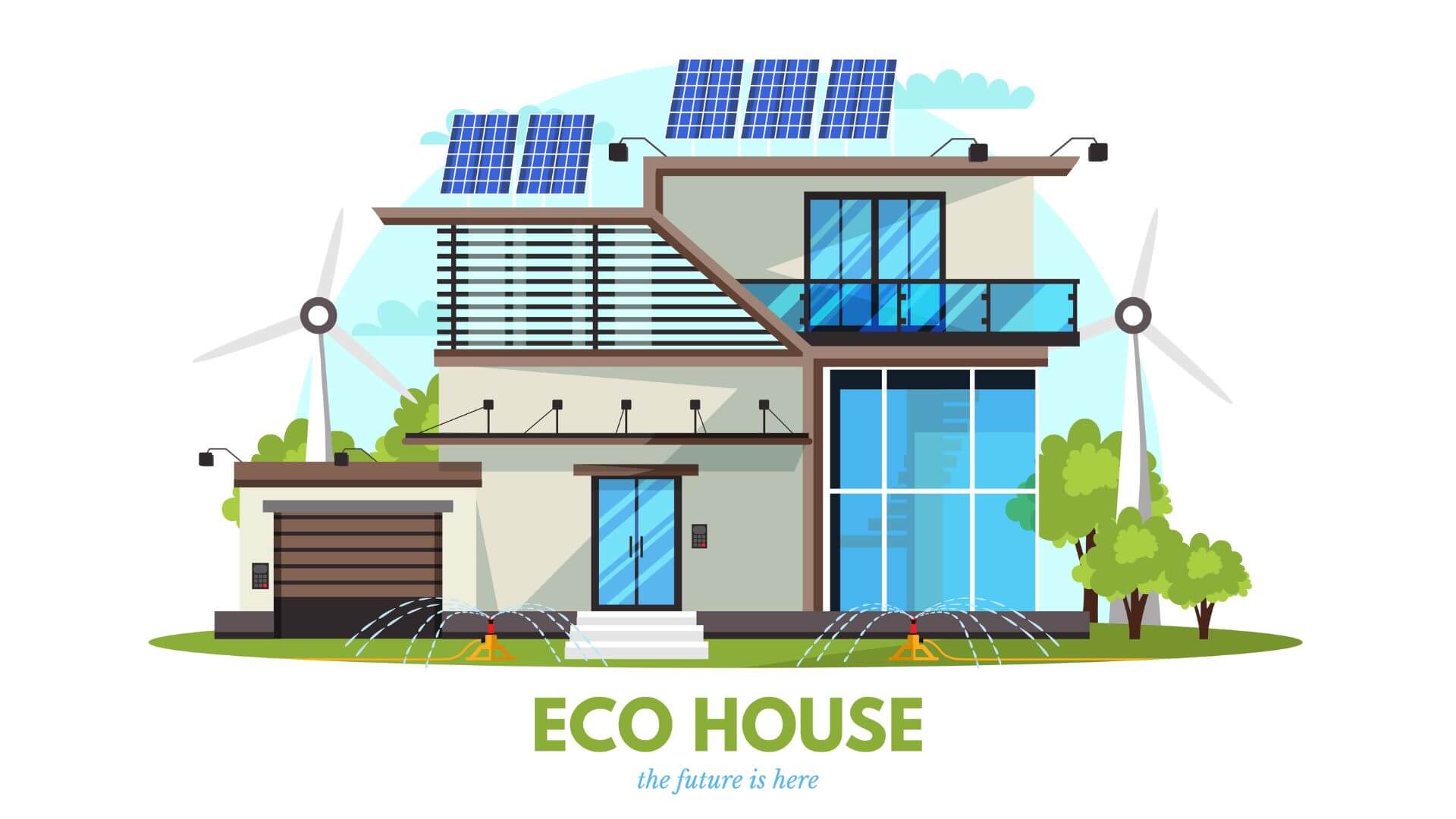Do you know that many ancient buildings and monuments you appreciate are constructed using the rammed earth construction technique? It’s a unique and natural way of construction where a damp mix of soil, clay, sand, gravel, and other earthy materials is used for compacting. Sometimes cement is also used as a stabilizing agent.
According to Richard of VIP Realty, Rammed earth is making its way back in modern times as a natural and sustainable way of construction. But what are the benefits of rammed earth construction, and how to build a rammed earth house? Let’s find out!
What are the Advantages of Living in a Rammed Earth House?
The list of advantages of a rammed earth house can be started with its raw look. The exteriors have faint lines, which shows the level of earth rammed. Different shades give it an authentic, earthy feel.
The thick rammed earth walls give the house a cozy, full of warm ambiance. Walls in a rammed earth house are generally 18-24 inches wide. They look incredibly decorative with wall art, hangings, paintings, and murals.
These walls are also known for their thermal flywheel effect. In summers, you feel cool in a rammed earth construction in the daytime. It will get warmer by night. These homes are also energy efficient if constructed correctly.
Rammed earth wall construction is fireproof and rodent-proof because of its thick structure and use of earthy material. There are no flammable components in rammed earth walls. And combustion is also not possible in them as they are packed tightly. Therefore there’s no chance of rodents venturing in and getting some food.
How to Build a Rammed Earth House?
Hopefully, the advantages mentioned here tempted you enough to think about how to make rammed earth. Here is a brief step-by-step process of rammed earth construction.
1. Raw Material Preparation
First of all, you need to prepare the earth with the right kind of soil, clay, sand, and gravel. It should have 50%-70% of sand in it. You can now create your sandstone with pressure. Remember not to put much clay into your raw material. Separate the big stones to keep your raw material homogeneous and spread a tarpaulin over it to prevent it from precipitation.
2. A Strong Foundation
You can add cement to this mix if you feel you need a stabilizing agent. The foundation of rammed earth constructions can be 12 inches above the ground and 24 inches below the ground. You can do with a lesser deep base if you live in a warm climate. The foundation sections, reinforcing rods, building planks, baling wires, etc., are all used to form the correct foundation of rammed earth.
3. Rammed Earth Wall Construction
You need wooden molds or frameworks edged upright with iron clamps in the foundation. Now you build the wall by packing the blend of the earth in layers inside the wooden framework. These walls become stone-like after 24 hours of curing.
Modern rammed earth walls include a combination of stones, slit, color pigment, cement, and the conventional rammed earth construction material.
4. Last Stage of Building a House
Once the foundation and rammed earth walls are established, a rammed earth house can be finished off like any other house. First and foremost, a roof needs to be built. You can plaster the exterior for extra covering. In aftercare, you need to wet the walls a few times. Then you can think of other inevitable things like windows, plumbing, electrical wiring, etc.
What are the Logistics Challenges in Building a Rammed Earth?
Why don’t you see many rammed earth constructions around? It’s because there are challenges that come in making rammed earth. First of all, rammed earth demands the best site and logistics to start. Every country needs to keep in mind the mobility of its other trades before backing rammed earth construction.
After the rammed earth walls are constructed, the pipelines and wiring can adversely affect the surface finish. And the biggest challenge is the cost. You have to be a passionate advocate of environmental-friendly living to believe in rammed earth construction as it may cost you twice in comparison to the usual construction.
Bottom Line!
With few updates, rammed earth construction is relevant for today’s day and age. Rammed earth walls are sustainable, ecological, robust, cozy, beautiful, and aesthetically enchanting! So next time you want to build a house, give this ancient construction technique a thought. After all, “old is gold!”
Author Bio: Vivek Agrawal is a global sourcing expert and has worked with and assisted clients with their sourcing requirements for 1000+ projects in his 15+ years in the industry. With the aim to fulfill the evolving needs and demands of architects, interior designers, project managers, and HNIs, he started Arcedior – the most loved, curated products platform with 75,000+ products from 600+ brands spanning 40+ countries. Being a design enthusiast with an eye for details, he also started a group on LinkedIn called ‘Design Leaders Roundtable – A Collaborative Community for Architects & Interior Designers’ which now has over 4K+ members. In his free time, he loves to travel with his family.





